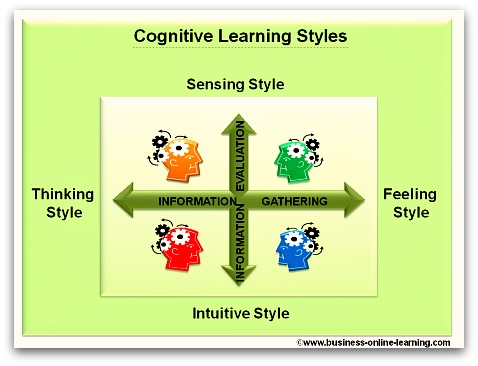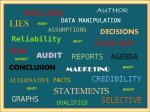What Is A PEST Analysis?
The PEST Analysis is a simple and easy to use framework you can use in carrying out a business appraisal of the external environment.
This is only necessary if your targets are dependent on things going on OUTSIDE your business. This is where you take a look at the market your business is in. It helps recognise risks or potential threats to your business.
It is a great method to involve people from other functions and varied skills or expertise. You can always include cross-functional experts.
PEST Analysis Definition
"PEST analysis (Political, Economic, Social and Technological analysis) describes a framework of macro-environmental factors used in the environmental scanning component of strategic management."
Source: Wikipedia
PEST Analysis Chart
Why Chose Pest Analysis?
Offers an easy usable framework for achieving an overview in your business situation or scenario
It will aid strategic thinking within your business as well as giving you a means to enable to identify and exploit exciting opportunities in your market.
The PEST Analysis also enables you to assess any potential implications of entering new markets, locally, nationally or even globally.
Typical scenarios where you would use a PEST Analysis are:
- Looking at the market your business is in
- Evaluating your brand
- Looking a local business
- Evaluating strategic options
- Looking into potential buy-ins or partnerships
- When you are considering making an acquisition
PEST Questionnaire
This is an analysis type called the Pest Analysis – or PESTLE.
It is a framework where you look at the following dimensions of the market you are in.
- Are there Political Issues that may influence your market and therefore your strategy? Change in government, change in export regulations? Changes in sanctions?
- Are there Economic Factors you need to take into account? For example, is a recession looming? Are there new levies being applied that will affect your sales? What are the trends in Bank lending rates? What is the rate of inflation? Is it increasing or decreasing?
- Which Sociological Factors could possibly have an influence in your business? Increased spending power of consumers due to increasing employment rates? A decrease in the amount of children being born? Increases in elderly care recipients?
- Which Technological factors will play a role? Obviously the huge surge in Smartphone technology is one that comes to mind. But what about the technology in the direct area of your business. What is happening in the area of Research and development? What new products or processes are down the line? What are the trends there that you may need to factor into the equation?
- In PESTLE, the two areas of Environmental factors and Legal issues are added.
- Are there new Environmental factors such as regulations, state supports or similar that may be introduced that will affect what you want to do?
- Are there Legal issues that may also be introduced that will affect your plan of action?
Examples Of Pest Analysis Issues
Further Groupings You can Use.
Ecological/ Environmental, Legislative/or Legal, Demographic, Ethical, Industry Analysis
PEST Analysis Conclusion
Summarize the key issues that you find and take them into consideration when you are making your decisions.
When you are finalising your analysis, you can use a ranking or rating by giving points or simple symbolic +++, ++, + or ---, -- or – symbols.
When you are finalising your PEST analysis, do a quick check over whether your subject and your descriptions are very clear. This is important to enable other people to understand your evaluation and the possible implications.
PEST and SWOT analysis
While the PEST analysis is typically used to scan the environment of a business, SWOT looks at a particular situation to evaluate it, although they can include the same factors.
Normally, you complete the PEST first and then the SWOT. This means you look at the surroundings first and then look at the detail in any particular scenario.
Disadvantages of Pest Analysis
People will often skim over important facts – or do the opposite, go so much into detail that they loose the key information.
They recommend that the PEST analysis is done at regular intervals – but rarely do businesses invest the time to do this or other priorities take over.
The time needed to gather the right information can often be longer than the urgency placed on getting the analysis done. Also cost considerations can play a negative role when research data costs more than the budget allows.
Quite often the strategic decisions are made by closed teams and may not involve those experts who may offer valuable insights to the analysis.
There is a tendency to base decisions on assumptions out of the information gained rather than on real quantitative data, as this may not be immediately accessible.














 My name is Martha and I have worked for over 30 years in various aspects of business and in various countries, right around the world.
My name is Martha and I have worked for over 30 years in various aspects of business and in various countries, right around the world.